Folk remedies to combat late blight on tomatoes
Late blight, or late blight, is a formidable and dangerous fungal disease (the causative agent is the fungus Phytophthora infestans) that affects plants of the Solanaceae family, as well as buckwheat, strawberries, castor oil plants. First of all, plantings of tomatoes suffer from phytophthora. The disease begins with the appearance of brown spots on the tops of plants, then they spread to the stems of bushes and fruits. The rapid growth of fungi and the development of the disease can destroy up to 90% of the tomato crop.
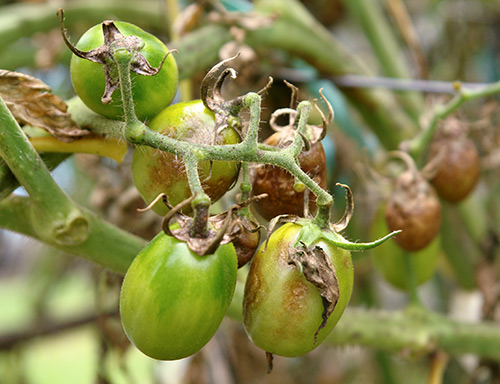
How to reduce the risk of fungus in tomatoes?
Favorable conditions for the rapid development of the disease are the weather factors of the current season - if the summer is cool, the night temperature drops below +12 ° C, the sun rarely appears, it rains frequently, and the air humidity is constantly increased, then if there are fungal spores on vegetable crops, they will begin actively spread over all landings.
Most often, late blight is activated in early August, when the period of prolonged rains begins and sharp fluctuations in day and night temperatures occur. Growing early-maturing tomato varieties is one way to minimize the risk of developing the disease. Your tomatoes have time to ripen before the end of June, and you will, to some extent, be insured against crop loss.
Another method of reducing the risk of disease is growing varieties that have high resistance to the disease, but no one can give a complete guarantee that the plants will not get sick. It should be borne in mind that the disease can begin at all stages of plant growth and development, starting from the moment the first shoots appear. Therefore, you need to start the fight against a formidable enemy from the beginning of the growing season of tomatoes.
Folk remedies against late blight
The best way to avoid the development of late blight is preventive measures. There are specialized pesticides on sale that destroy the causative agents of many fungal diseases. But most experienced gardeners prefer not to use synthetic fungicides in their backyard. This is where the proven folk remedies for controlling pests and diseases of vegetable crops come to the rescue.
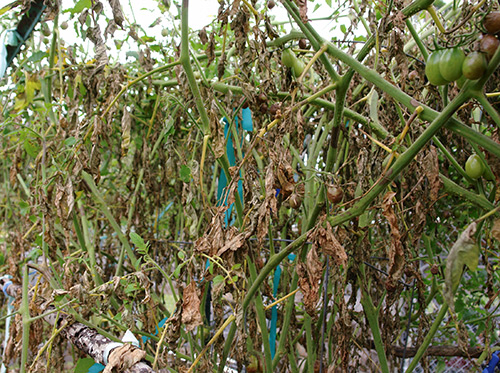
1. Garlic... Thanks to phytoncides, sulfur compounds and other biologically active substances of garlic, aqueous and alcoholic extracts from all parts of the plant are high-quality natural fungicides. One of the most effective infusions of garlic: chop 150 g of the plant (leaves, arrows, bulbs, husks) with a blender or meat grinder, pour 0.5 liters of water, cover and let it brew for 24 hours. Dilute the strained concentrate in 9.5 liters of water, add 1 g of potassium permanganate crystals (potassium permanganate), pour into a sprayer and process the tomato bushes, 2 - 3 weeks after planting in greenhouses or open ground. Carry out processing every 10 - 12 days. At the first signs of phytophthora, reduce the frequency of spraying to 1 time in 2 days.
2. Trichopolus... A pharmacy drug designed to combat fungal infection is also effective against phytophthora. It is enough to dissolve 10 tablets of this product in a bucket of water, and your fungicidal composition for spraying tomato bushes is ready. The frequency of processing is once every 14 days.
3. Infusion of rotten hay or straw... In overheating hay, a bacterium useful against late blight, called hay bacillus, is actively developing. It is she who is the basis of a fairly effective finished drug against late blight - Fitosporin. Pour 3.5 liters of warm boiled water over 1 kg of raw materials and put in a warm place for 3 days. Pour the strained infusion into a standard bucket, top up with clean water, dissolve 5 g of blue crystals of copper sulfate and use for spraying the plantings once every 10 days.
4. Plant ash... With sifted ash, the soil is abundantly powdered on the beds and in the aisles of tomatoes, 1 week after planting the seedlings. The event is carried out before watering the plantings. Re-processing is carried out during the period of active formation of ovaries.
5. Weed infusion... For the preparation of this folk remedy, the following plants are suitable: nettle, dandelion, coltsfoot, marigolds, rape, woodlice. Chop the grass with a knife or pruning shears, fill the bucket halfway, top up with hot (about 65 ° C) water, leave for 48 hours, strain. Add 1 g of potassium permanganate to each bucket of infusion. Carry out processing in the evening, in dry weather.
6. Mullein infusion... A third of a bucket of manure is poured with cool water to the top, covered with a lid and insisted for 4 days, stirring the composition from time to time. The filtered solution is diluted with clean water in a ratio of 1:10. Crystals of copper sulfate (5 g or 1 teaspoon) dissolved in a small amount of hot water are added to each bucket of the diluted infusion.
All processing of tomatoes is recommended after sunset, always in dry weather. If, after spraying, rain has passed, which washes off all the protection from the plants, then the treatment is repeated.
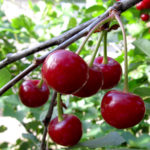
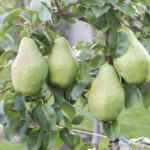
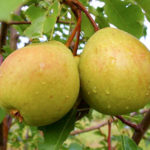






Late blight on tomatoes is much easier to prevent than cure. And if it often rains in the summer, then there is no way to do without fungicides, but for the prevention of the disease it is better to use a contact fungicide. If, nevertheless, late blight struck the plant, then before processing it is necessary to carefully remove all infected leaves, and only then spray the plant.
In fact, if you know how to spray tomatoes, then late blight is not such a terrible disease. At least my tomatoes live almost to frost in a greenhouse. I treat them once every two weeks, mainly with systemic fungicides - Ridomil, Quadris, Metaxil. Also, once a month I treat it with copper-containing preparations. I constantly ventilate the greenhouse so that there is no condensation on the walls. I mulch the ground with straw, mulch prevents water from evaporating from the ground. Folk remedies do not help, it is checked. Trichopolum does not help against phytophthora - someone invented that it helps - this is a lie. I noticed one thing: those who do not use fungicides simply do not get a crop, that's all.